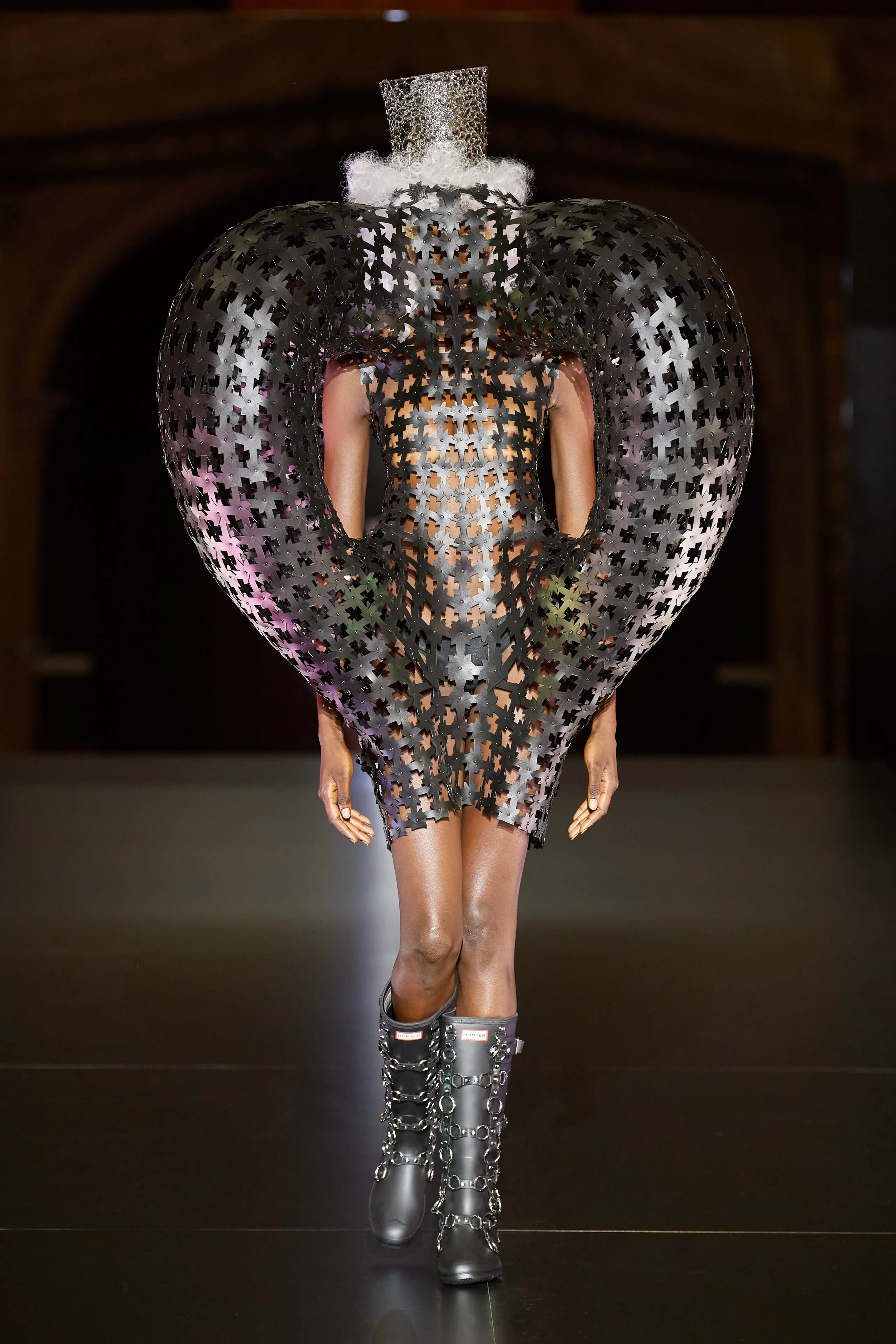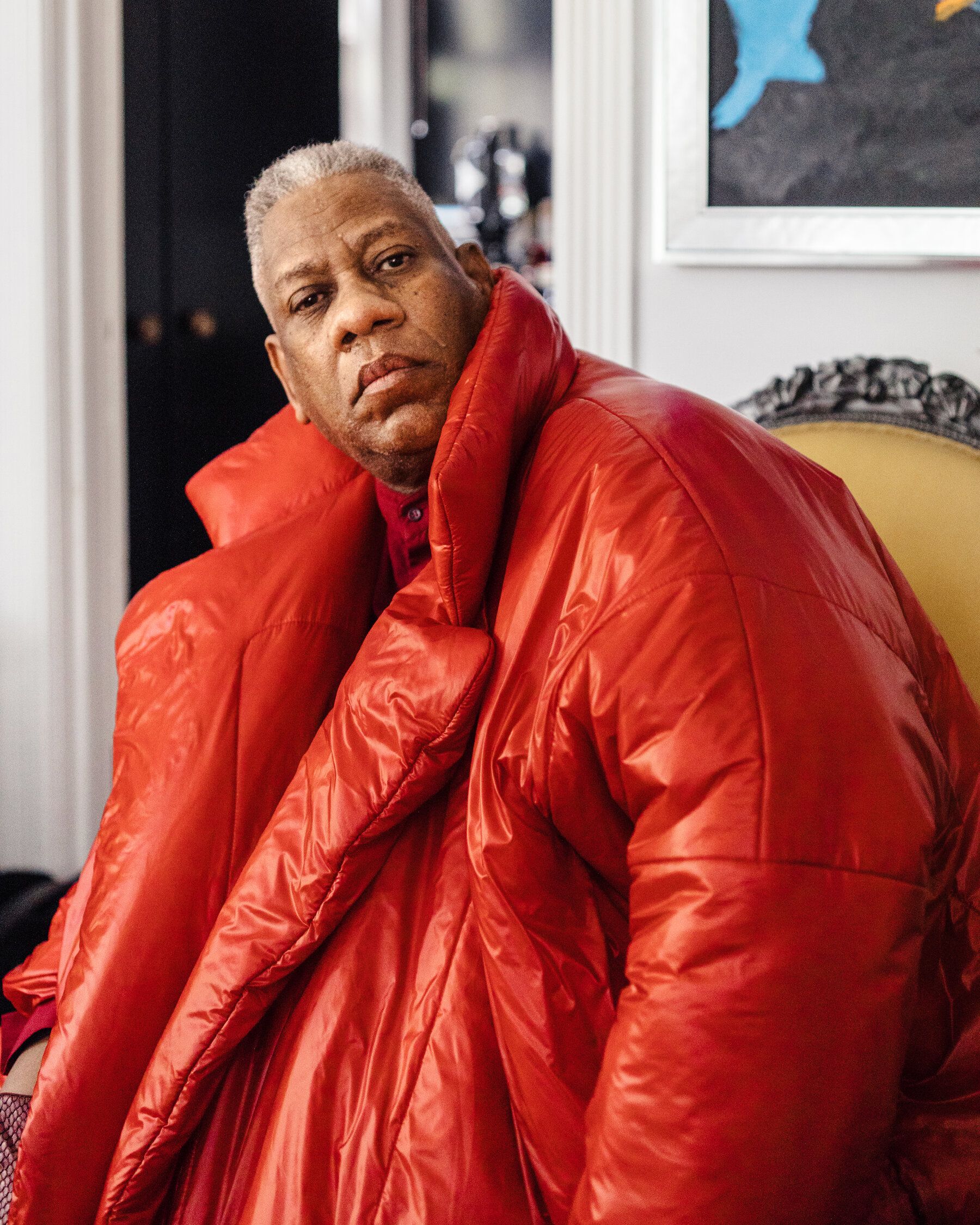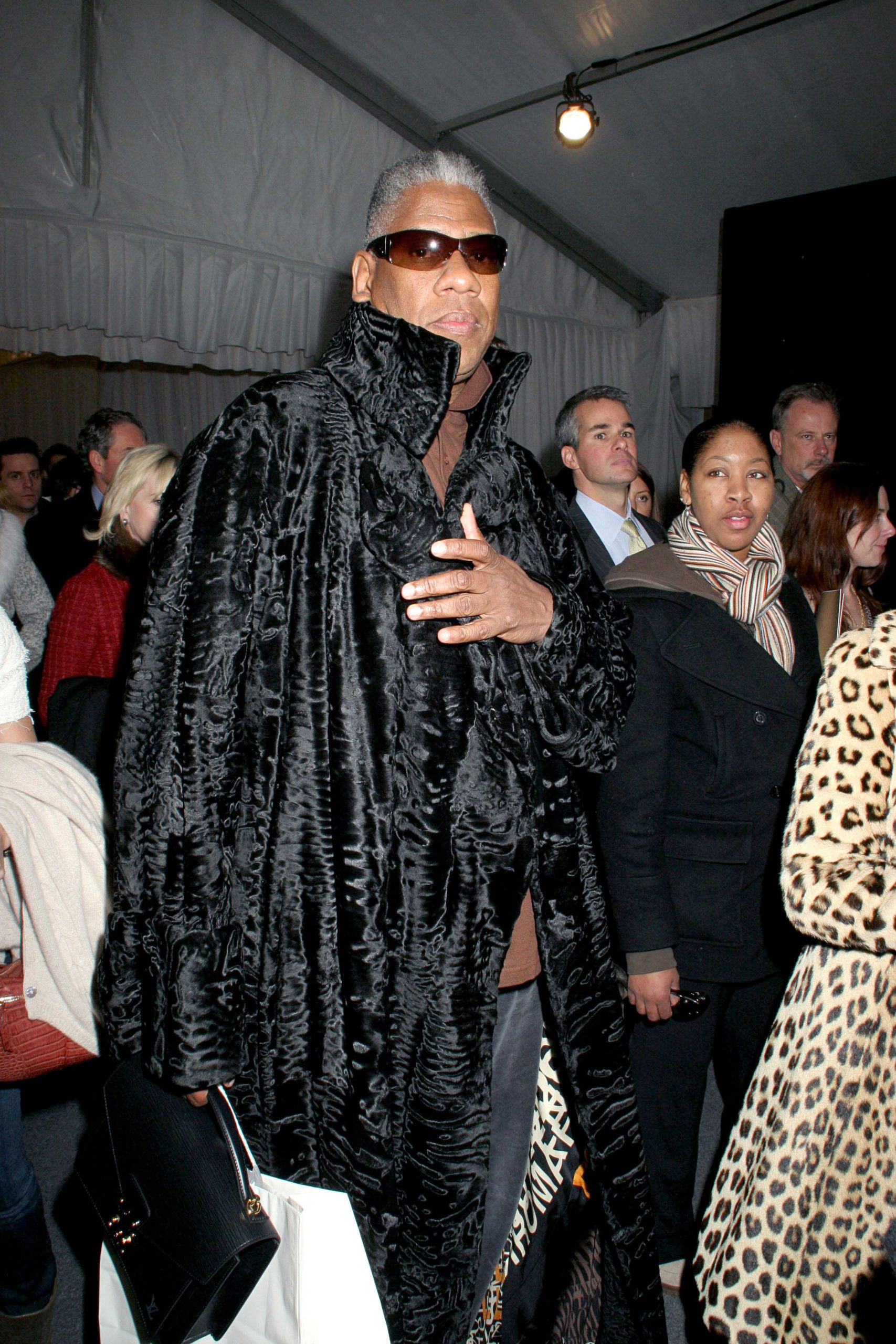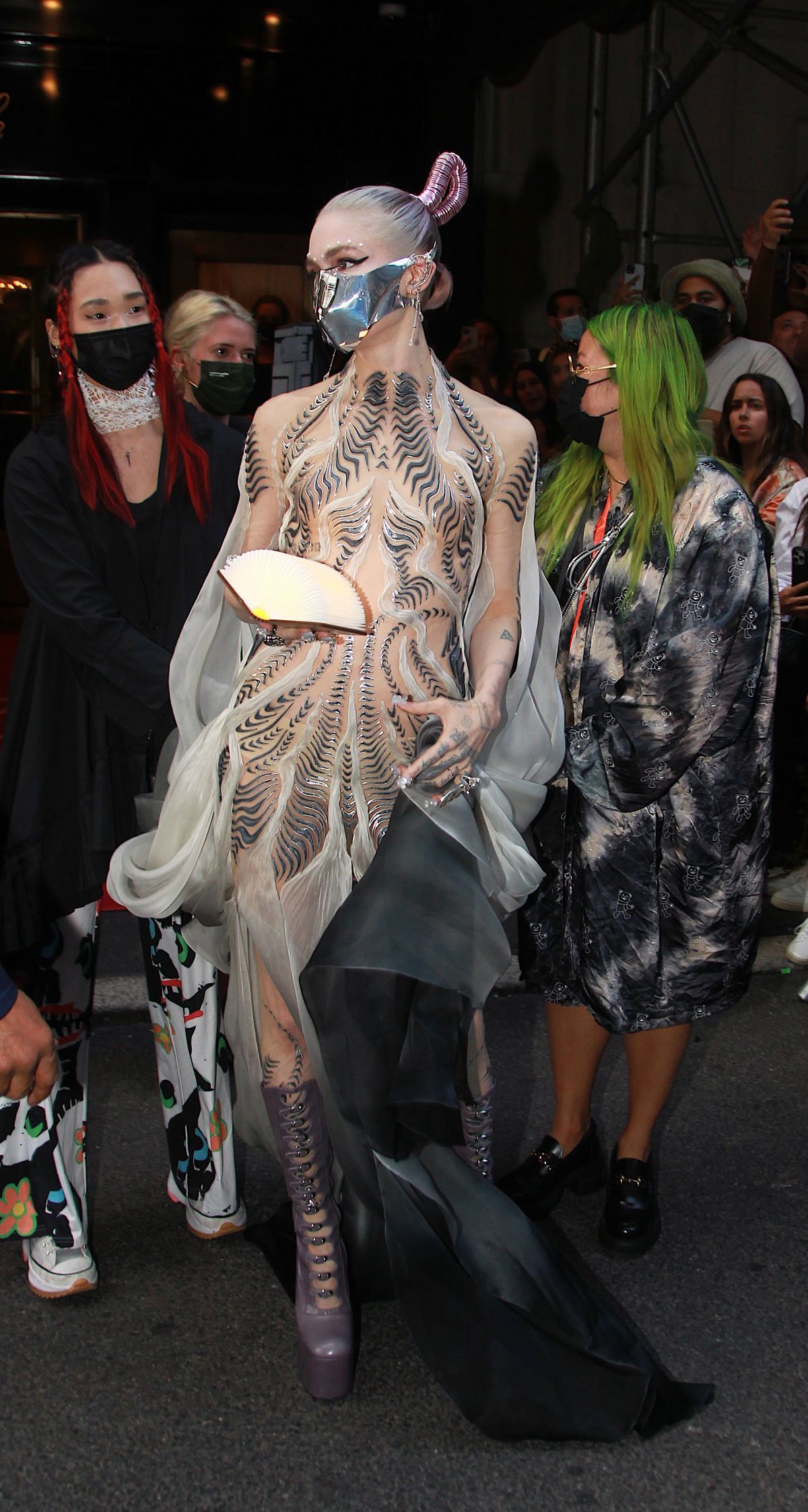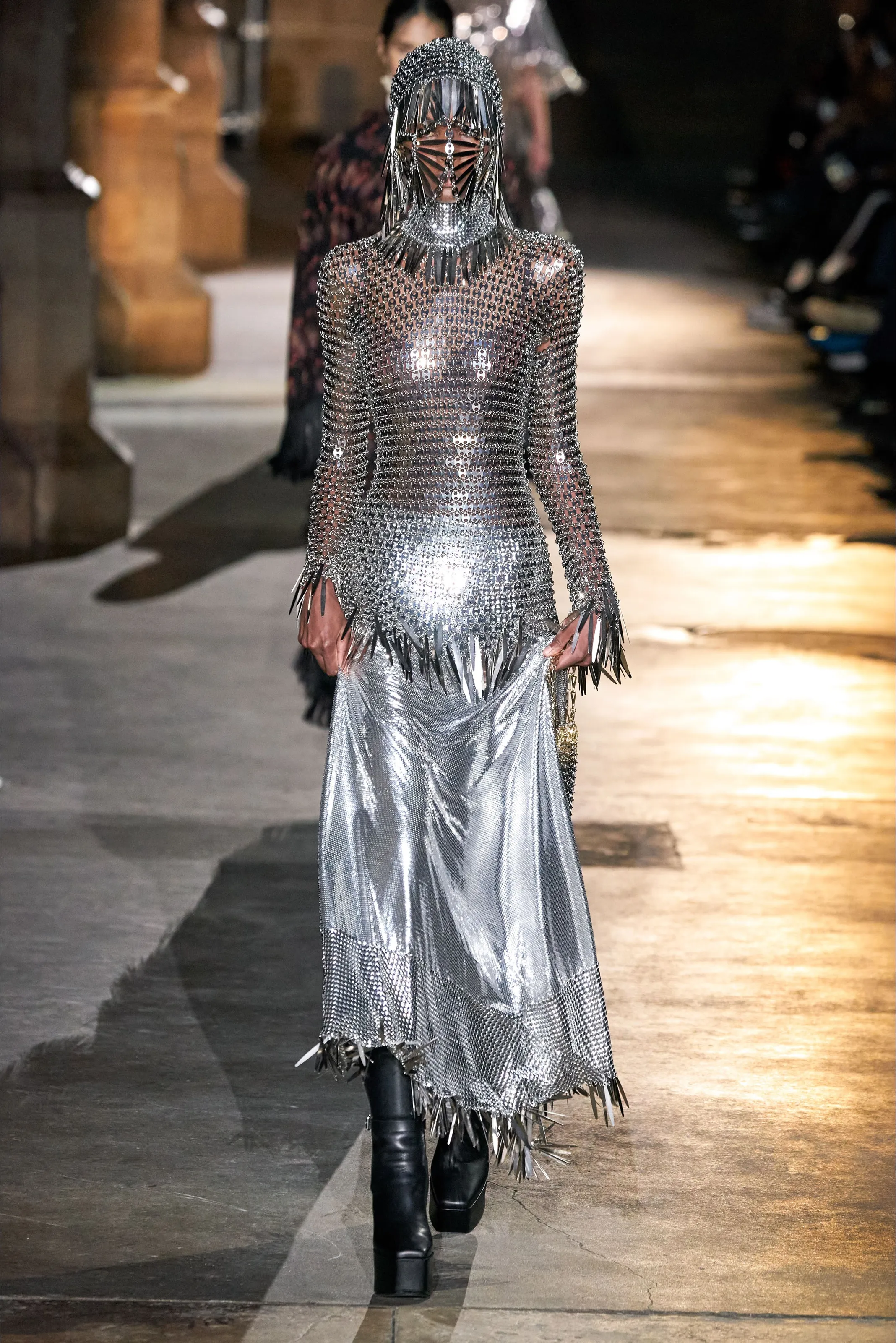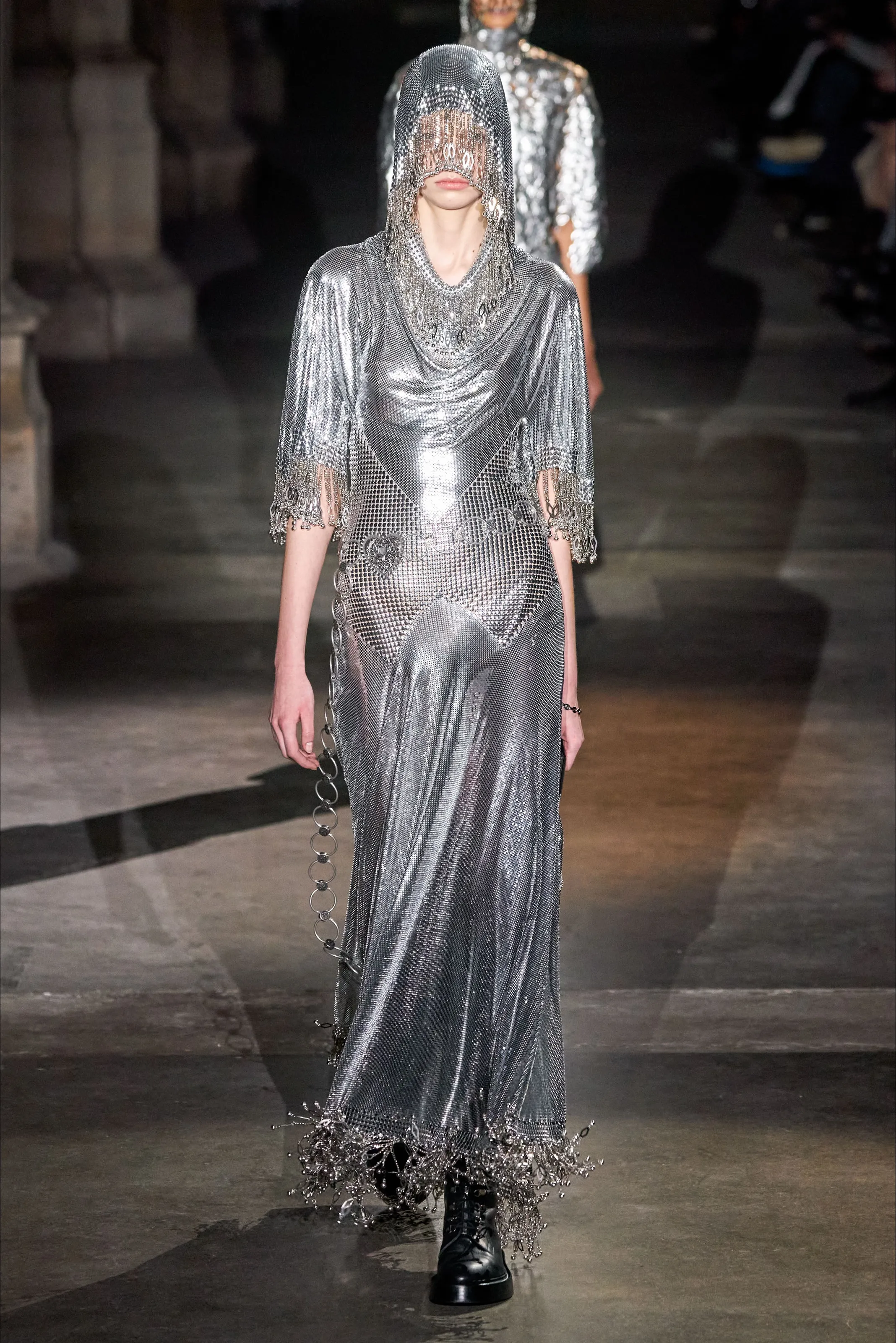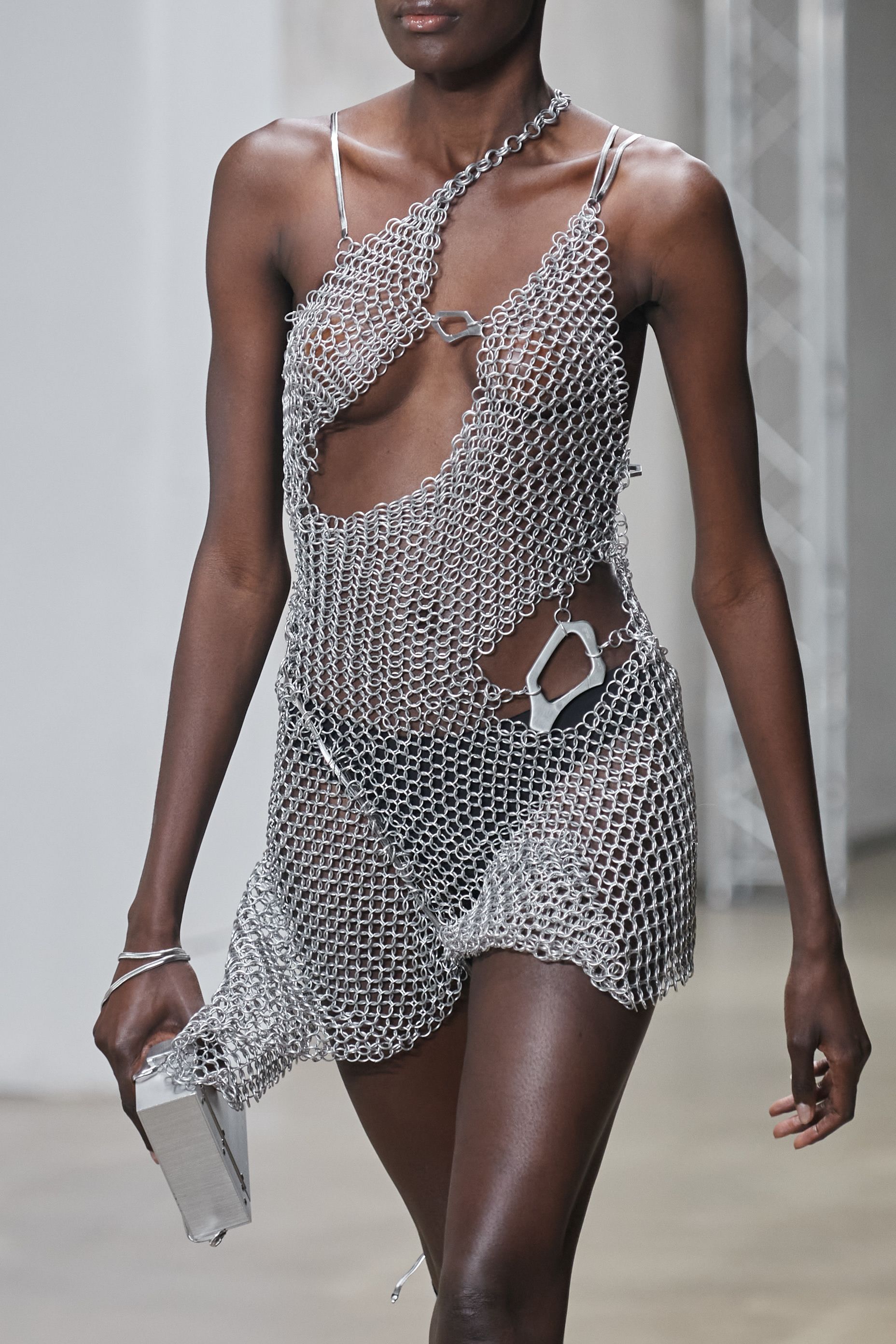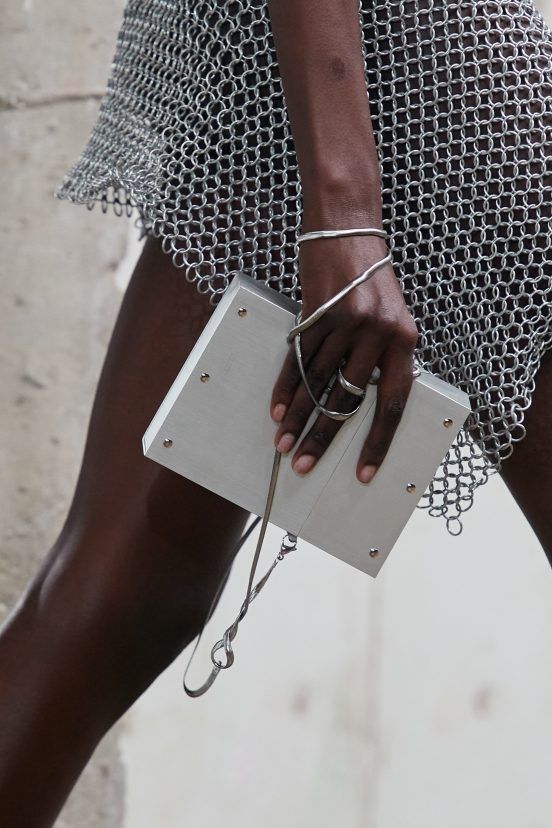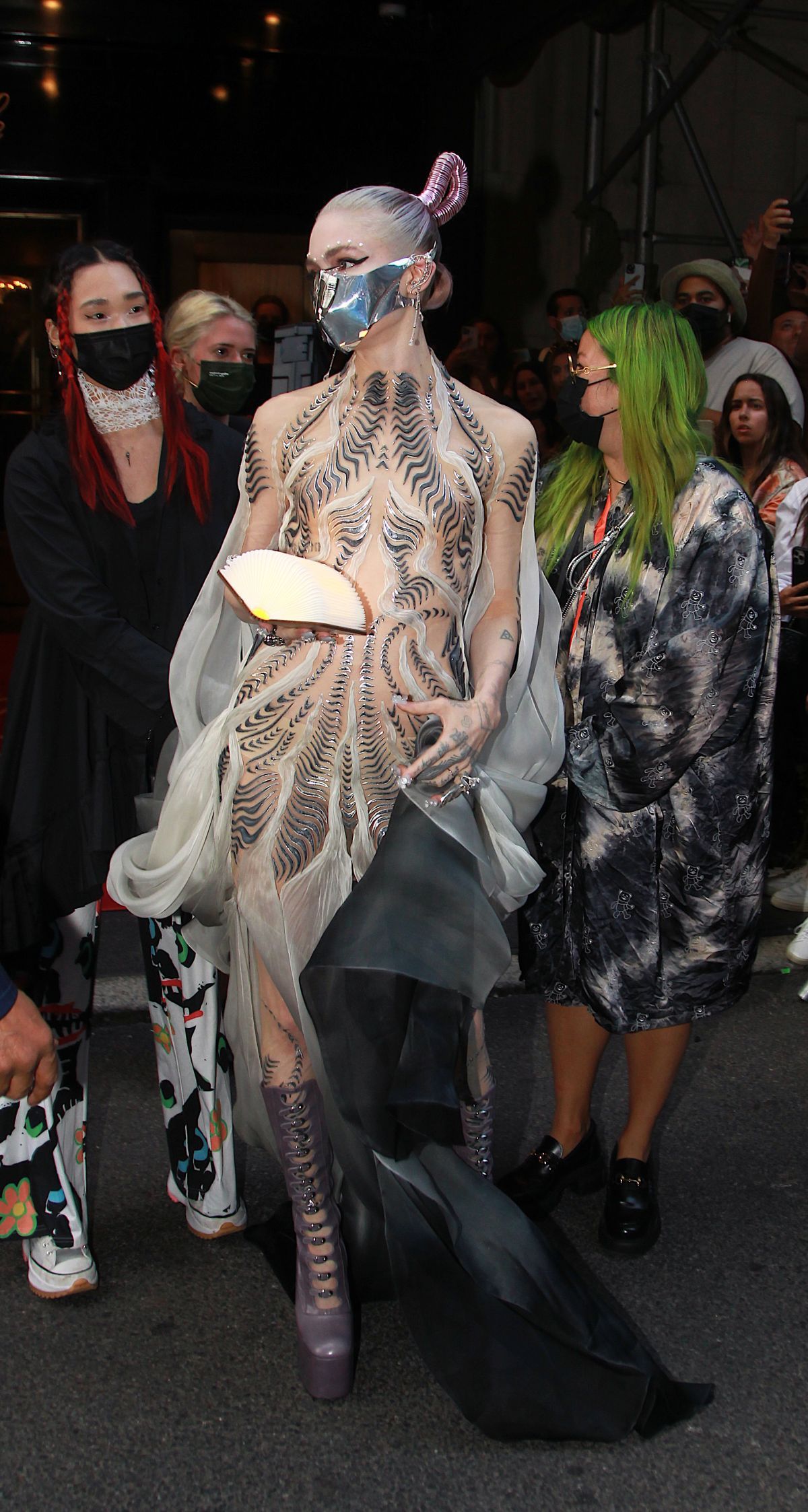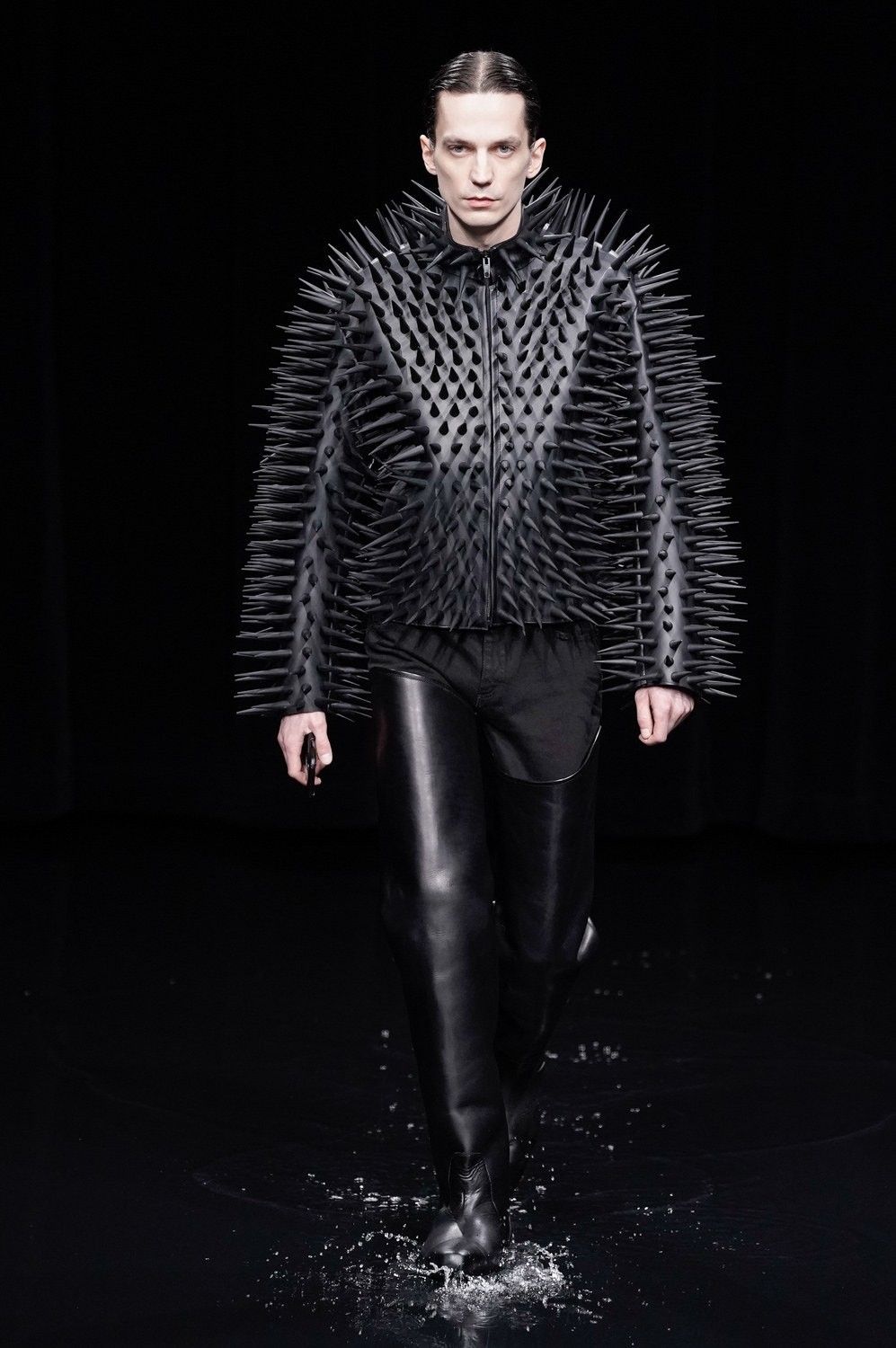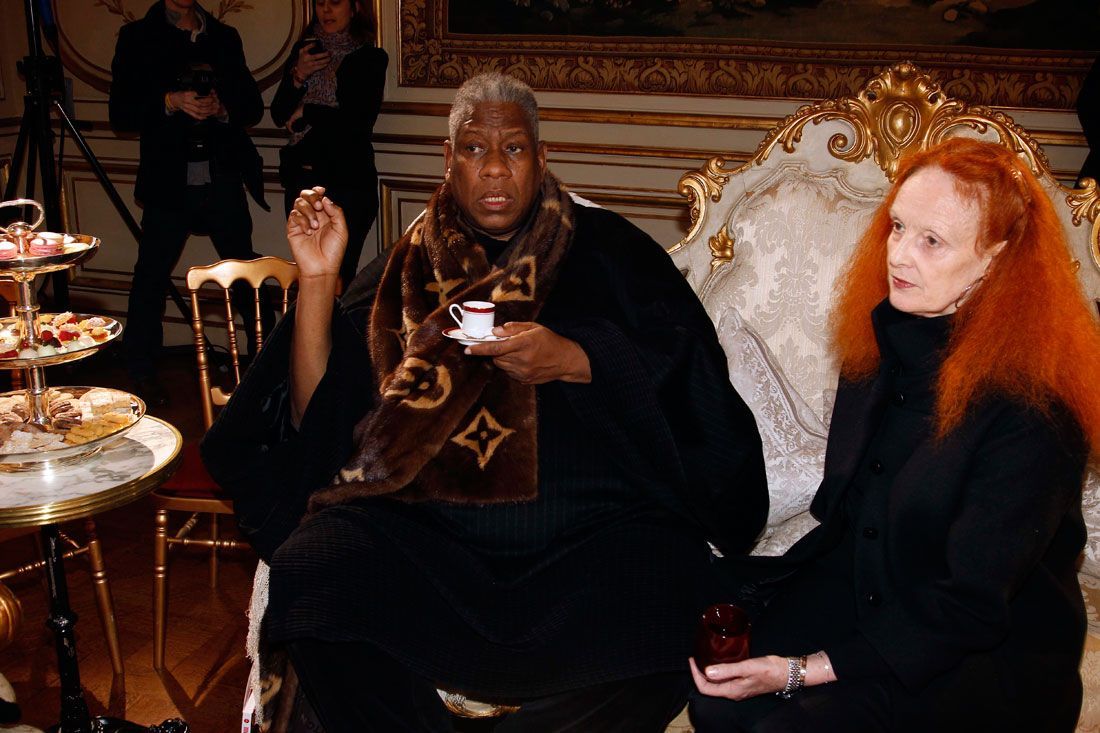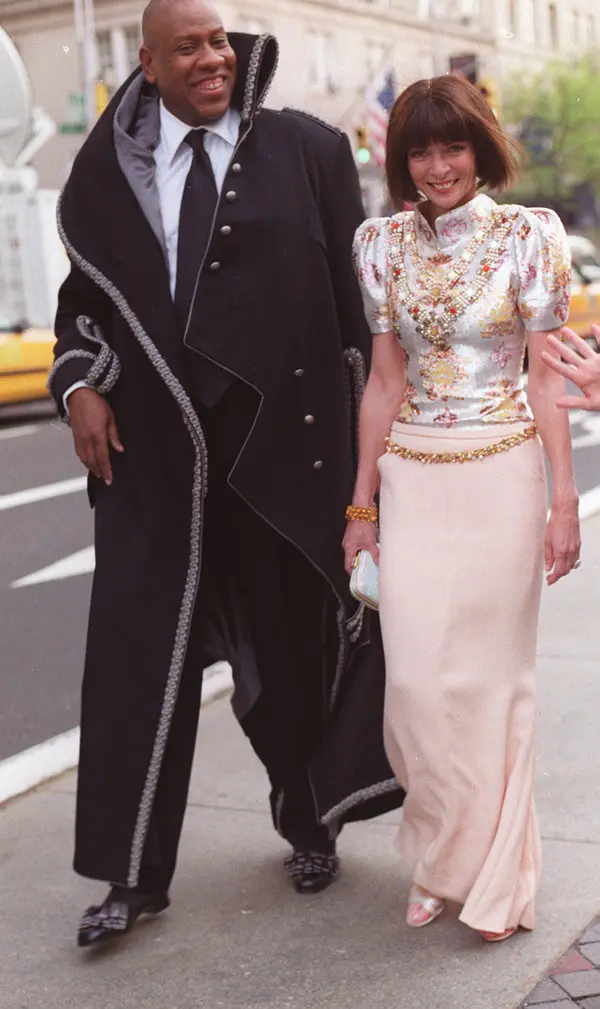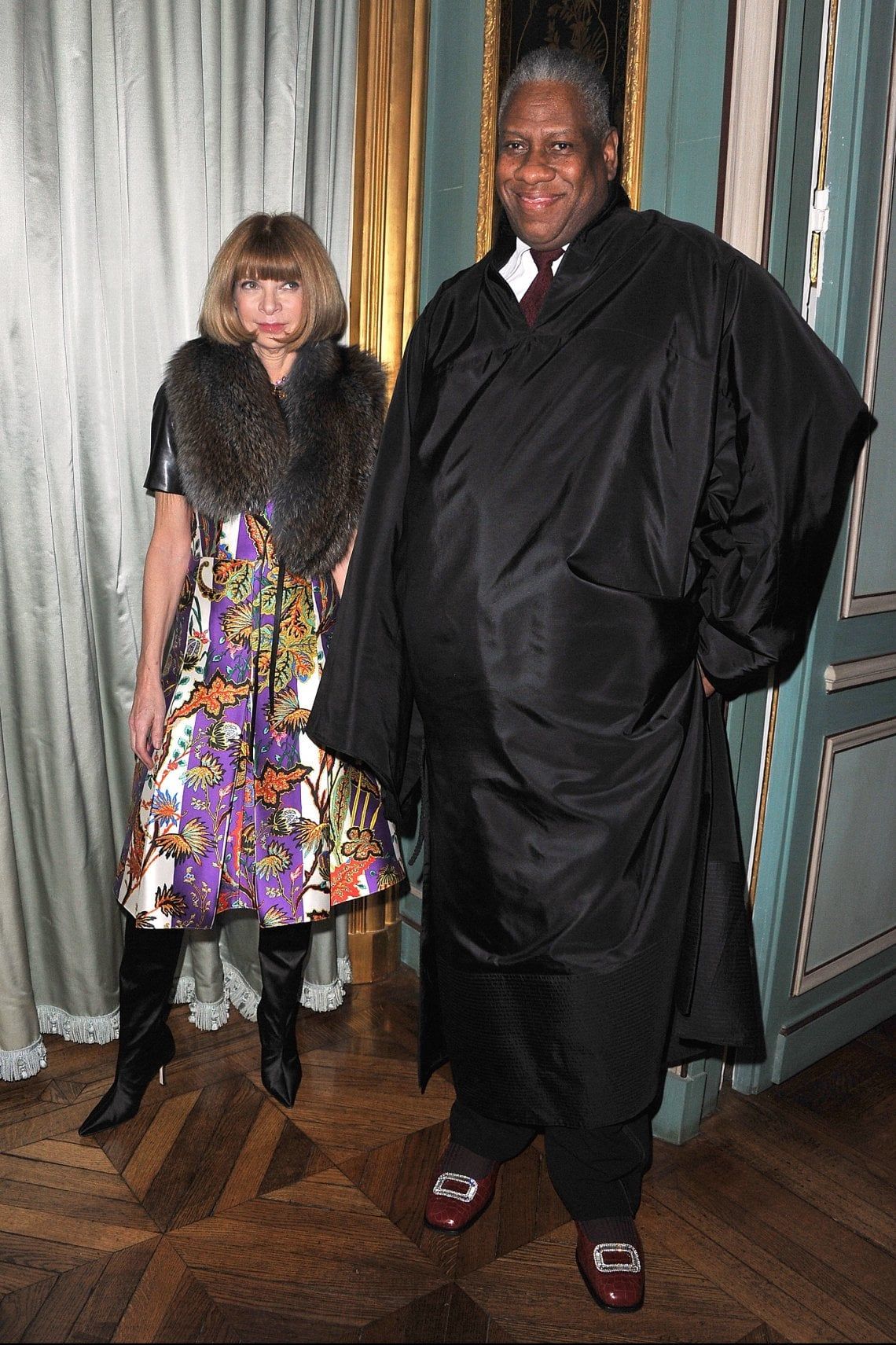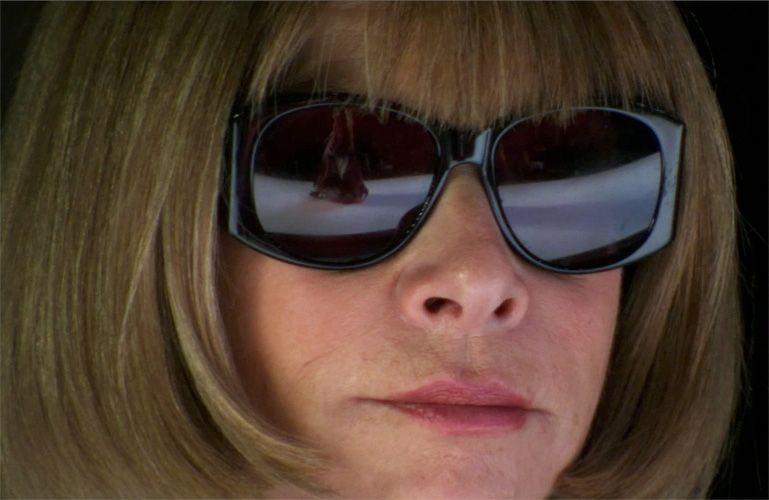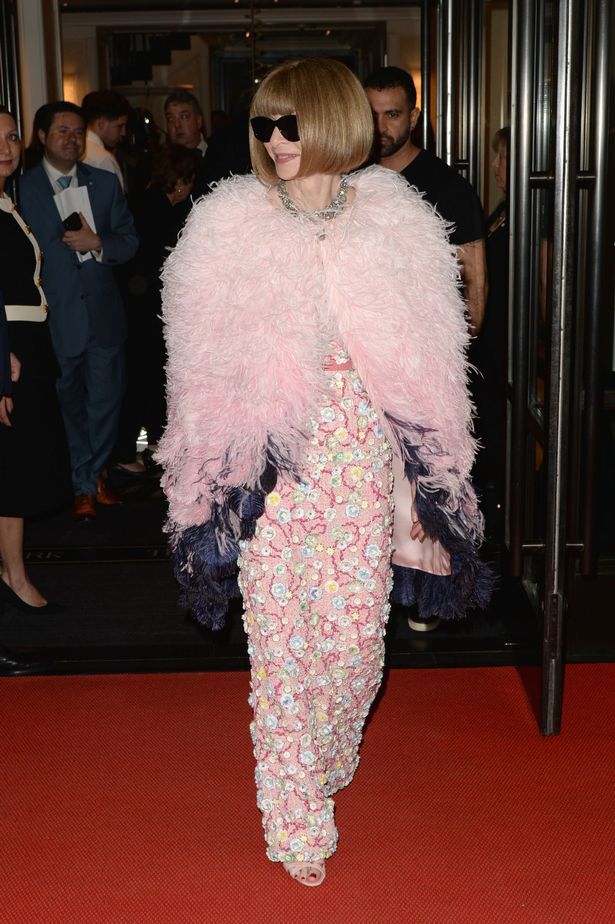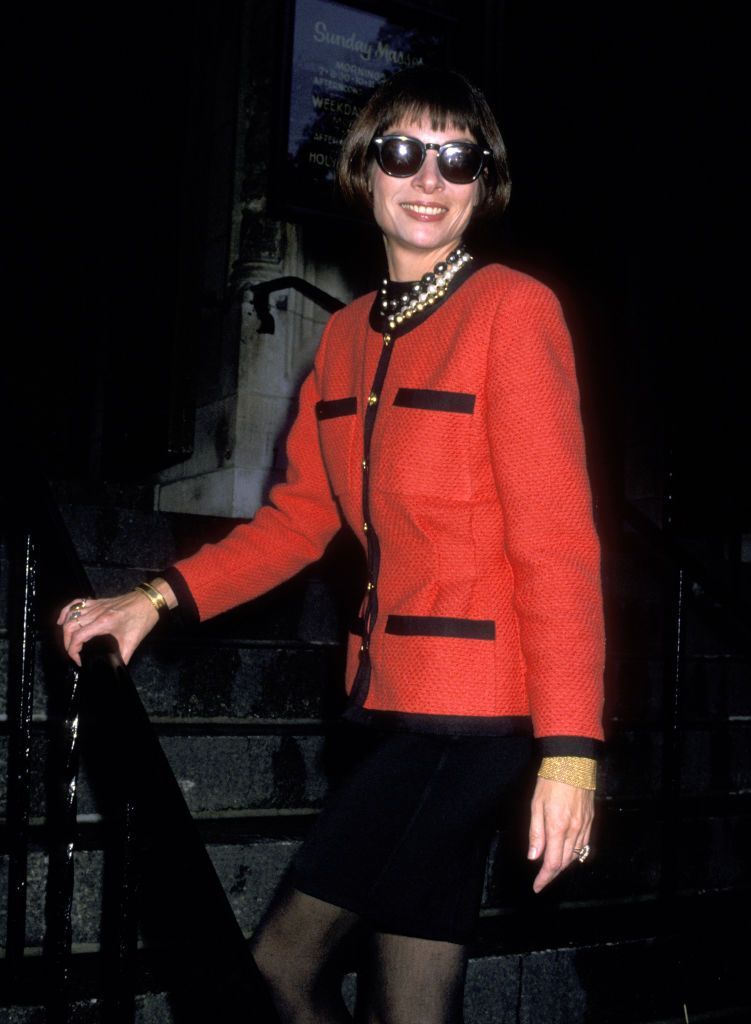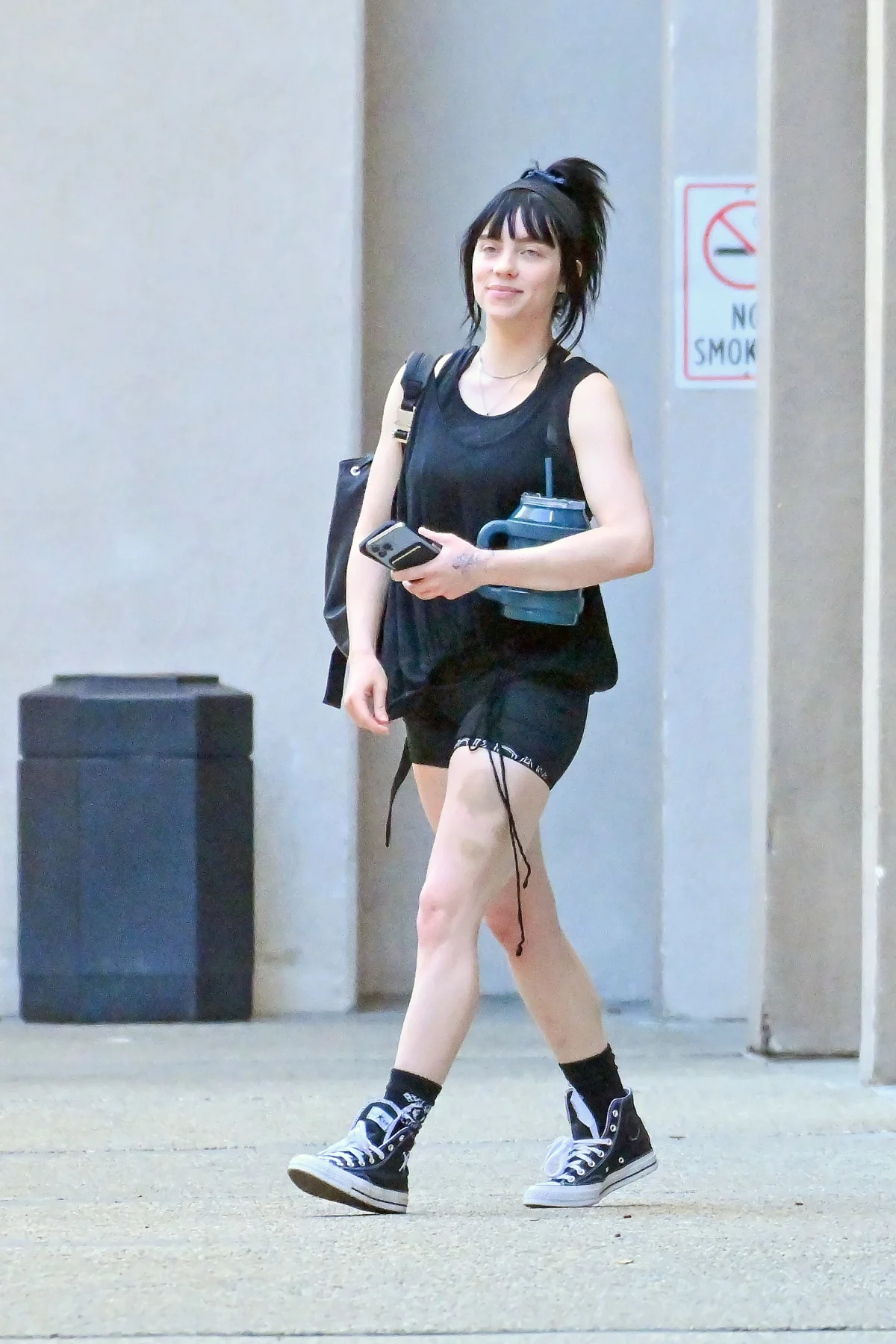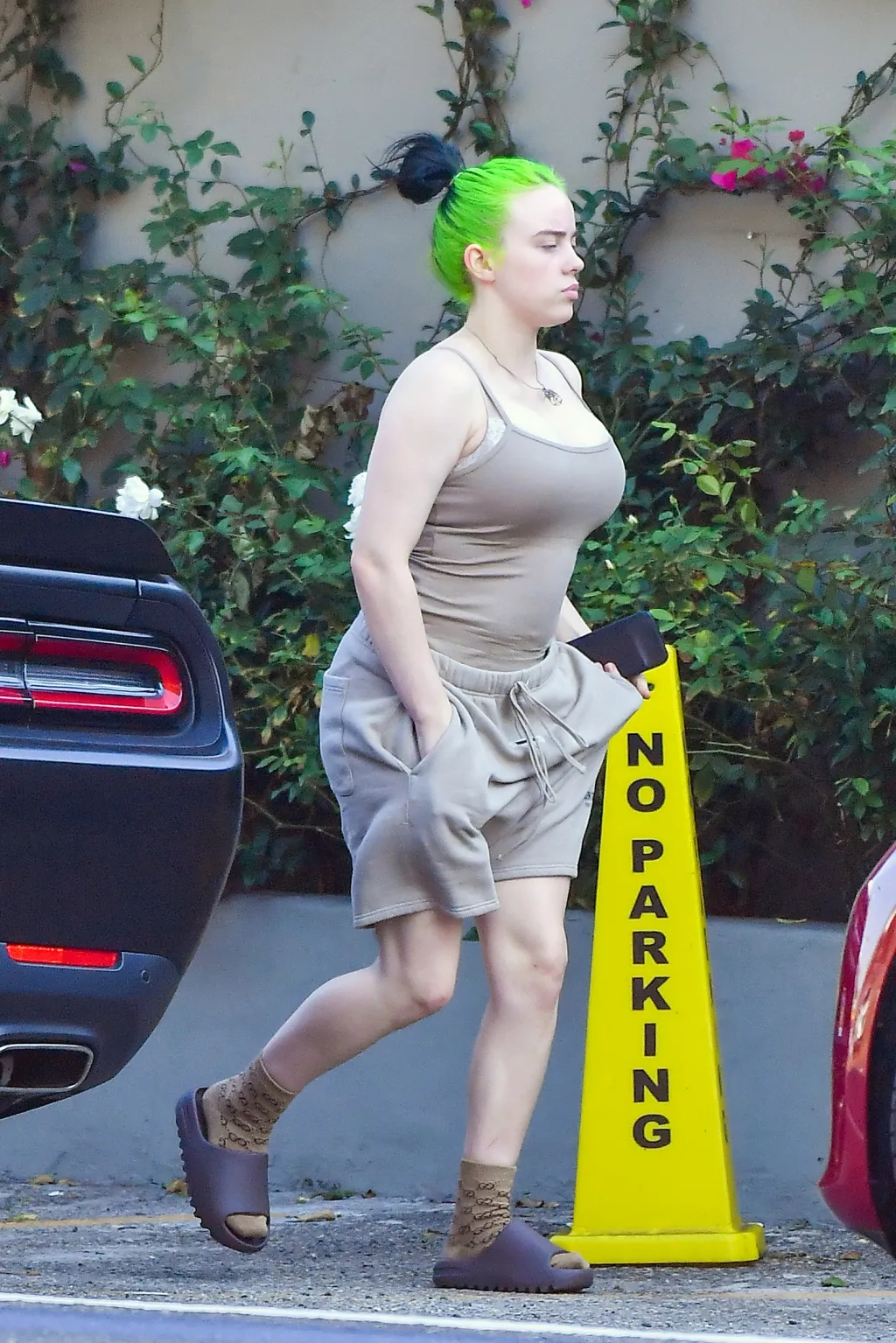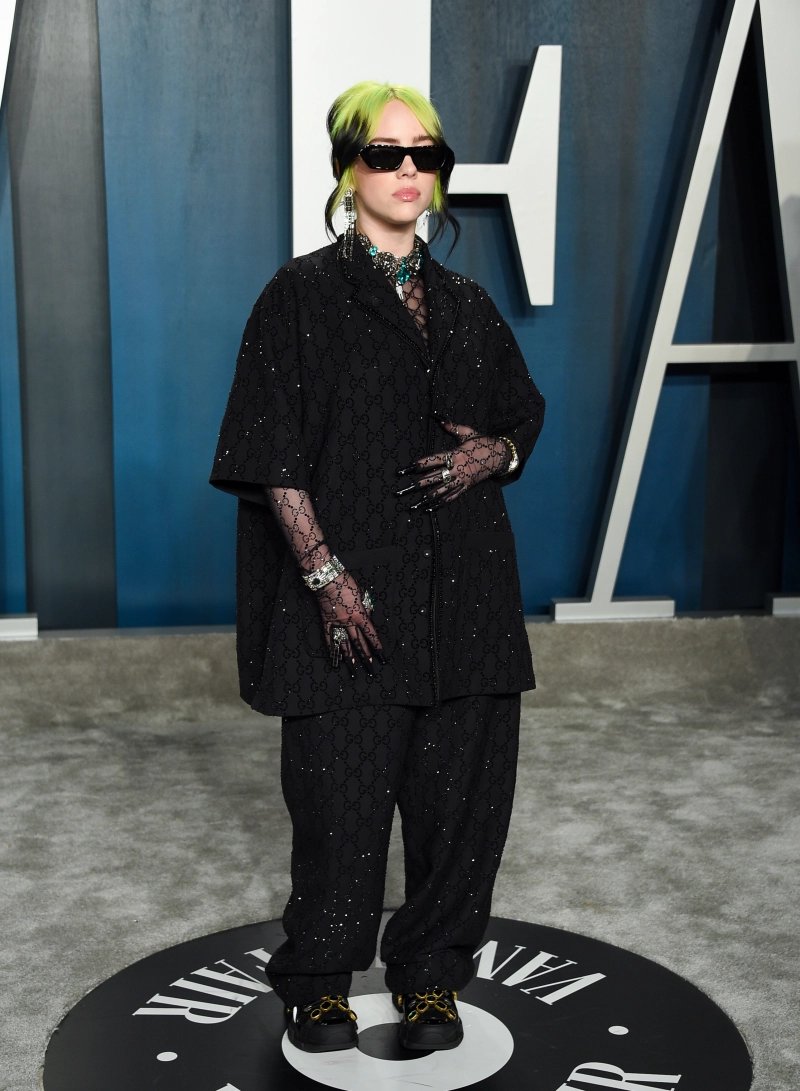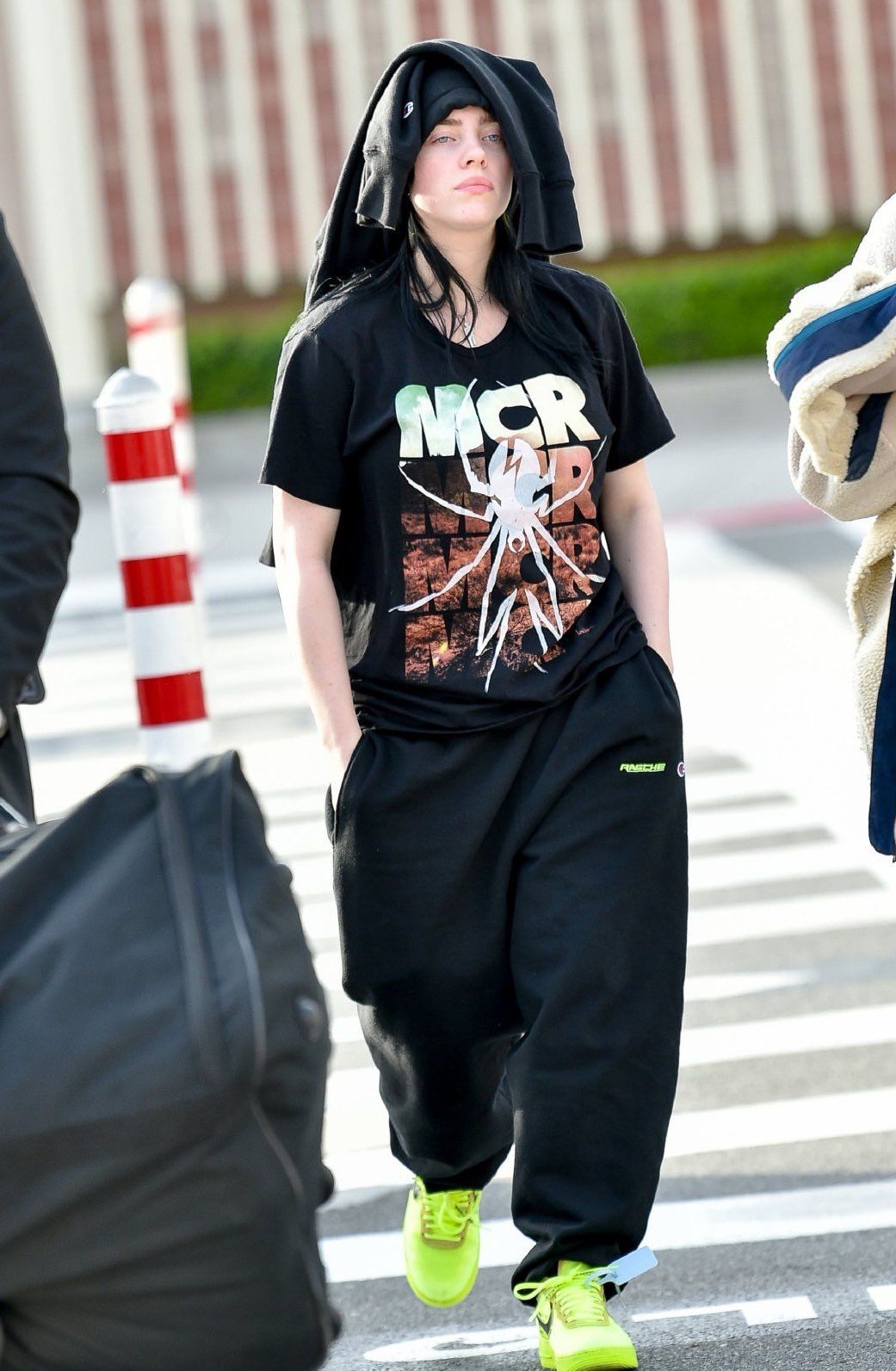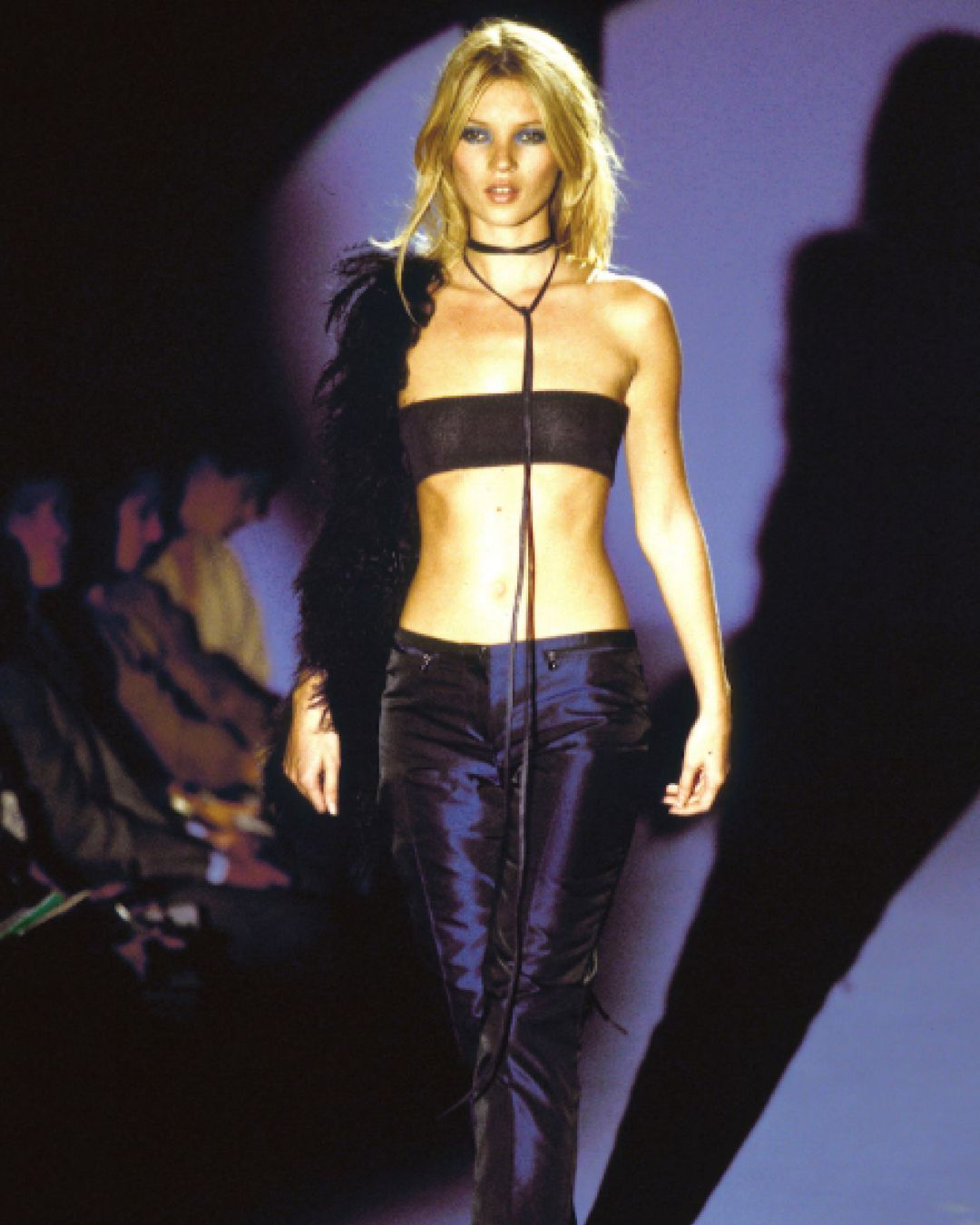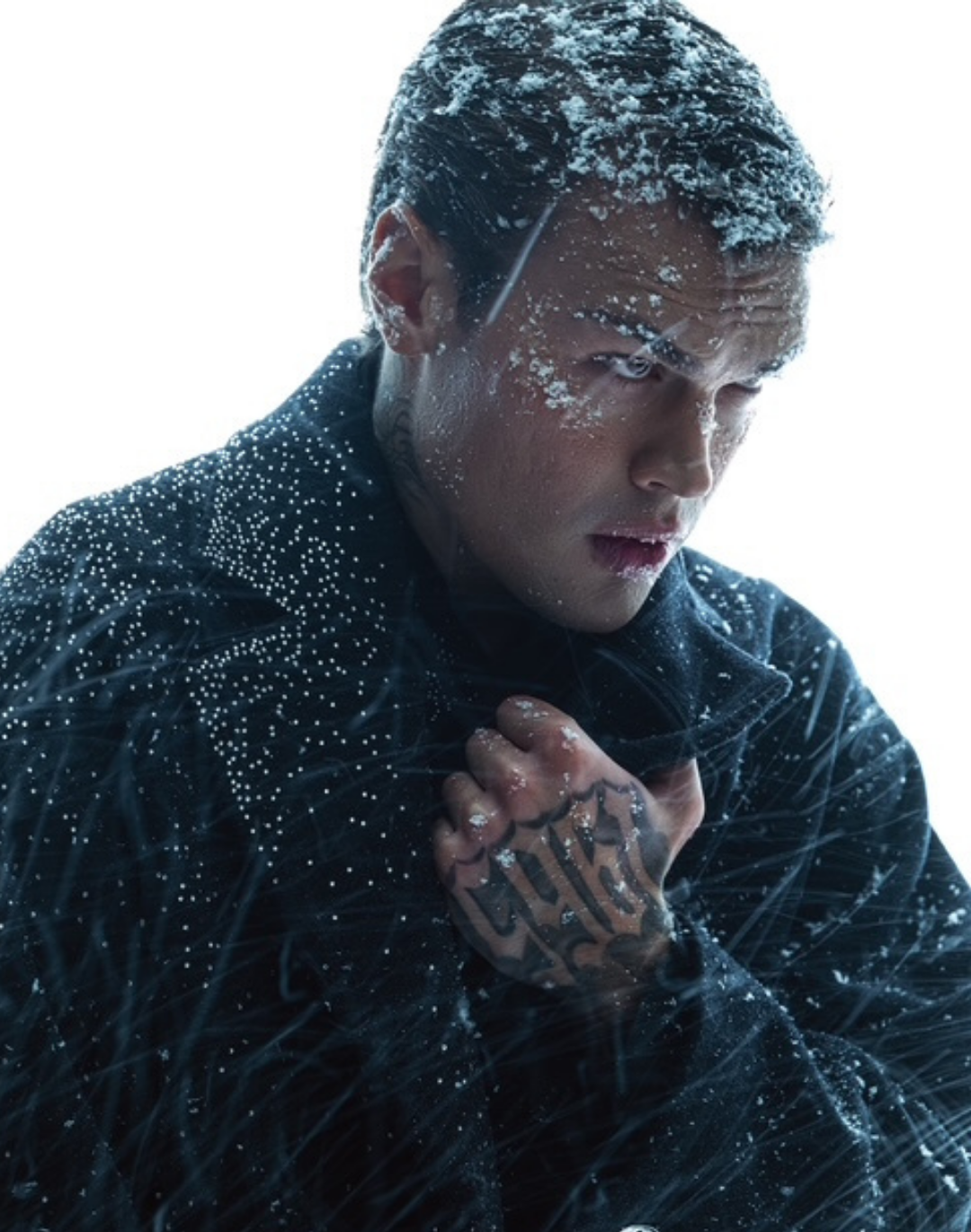
On protective fashion From practical needs to symbolic resources
We turn to amulets for luck, and with equal esoteric hope, we turn to our clothes, expecting them to solve our problems. We leave to the garments in our wardrobe the almighty job of answering our questions, making our lives and ourselves better, and standing up for our looks and beliefs. And like we have asked those charms for luck, we’ve also asked them, and our clothes, for protection. Pragmatic thinking would solidify protection as the sole purpose of dress, a coherent idea when revising history and identifying that all our ancestors ever required of their clothing was protection from weather conditions and external threats – the idea of wearable, protective objects preceded their conception as clothing. But when the defensive needs were fulfilled, came adornment and the birth of luxury. «There are numerous instances where clothing transcended its original utilitarian and protective functionalities to become a fashion» explains fashion historian and author Cassidy Zachary. She points out sunglasses, “aka, the first eyewear used to reduce exposure to the sun’s damaging rays,” as an example of how time and the human tendency to decorate have transformed the purpose of garments.
Zachary, co-host of the fashion podcast Dressed: The History of Fashion, credits celebrity culture, design innovation, and ingenious marketing techniques as the primary agents interceding these changes. «[Sunglasses] date to the first centuries of the first millennium, an innovation of the Indigenous Iñuit people of Arctic Russia, Alaska, Canada, and Greenland. These snow goggles were made of wood, bone, and ivory and were perforated with small slits that effectively protected the eyes from snow blindness and the cold» she says. Although the purpose of sunglasses and many other garments might’ve been misinterpreted throughout history, leading to the decorative to overcast functionality, said mutation in purpose could’ve also led to a new interpretation or adoption of their protective attribute. «The desire to adorn and decorate our bodies is one of the most innate human instincts» says Zachary, but often, beyond aesthetics, we have used garments to conceal, transform or accommodate our physical, psychological, and behavioral traits. With the same stealth of a poker master, Anna Wintour has famously worn dark Chanel sunglasses for decades, presumably to conceal emotions and thoughts, «you avoid people knowing what you’re thinking about» the Vogue editor said. In this case, object and subject are unimaginable separately, creating a joint iconography that has become unmistakable. For the interests of this article, sunglasses have gone from shielding Anna from sun rays to becoming “a crutch and part” of who she is. Over time, not only have we changed our battles, but we have also changed our armor and the means we use to embellish ourselves. What remains unchanged, though, is voluntarily dressing up to confront both the outer and inner worlds – to face a rainy day, whether the storm is pouring over us or drowning us within.
In his memoir The Chiffon Trenches, André Leon Talley describes clothes as the armor he used to face racial segregation and as the vehicle that transported him to a more glamorous reality. Eventually, his primarily protective but outstanding sartorial inclinations shaped his persona and the way he largely influenced fashion. In the decision to rely on clothes to represent us, there’s a tension between how much we require of our clothes and what they will require back from us. It is an equation involving the freeing and transformative qualities of fashion and also its constraining traits. André Leon Talley made caftans and capes a central element of his persona. Still, these also meant him outgrowing his past shape (the effect of binge-eating caused by PTSD) and finding comfort in the adaptability of capes. A similar intent of using clothes to decentralize attention from the physical qualities is pop singer Billie Eilish, known in the industry for using this tactic to limit the outer gaze and have control over the narrative surrounding her body. For some, fashion's protective quality, contrary to constraint, can lead to liberation. «Fashion plays a powerful transformative role in the queer experience,» says psychologist and conduct analyst Juan Pablo Perera, who explains that when queer individuals experience gender non-conformation, «they will explore their gender expression through clothing.»
«It can be liberating when they choose their clothing according to their taste and not social obligations - adds Perera - and learning what fits better for them, gradually stepping out of the boxes they were put in, improves their character and behavior.» We’ve seen in contexts outside the runways, like in politics, how clothes shouldn't be taken for granted. Garments carry an important iconicity of their own, «fashion has a social power, and the messages that the industry sends influence how we perceive ourselves when we look in the mirror,» says Perera. With the same sensibility that permeates our current social climate, in which we require justice, authenticity, and explanations of everything that surrounds us, we should demand our garments, beyond protecting us, to represent us in every layer. Protection wear made its way into mainstream fashion as a symbolic resource to interpret the zeitgeist and explain a broader, less idealized reality outside the glittering world of fashion. In a call to social consciousness, designers recurred to literacy in their collections, using military vests to address war and biohazard suits to speak about climate change. Regardless of the separation grade that exists between us and the actual issues, we willingly adopted the qualities of these garments and adapted them to our everyday reality, perhaps not to face biohazard threats, but to fight our battles.










































